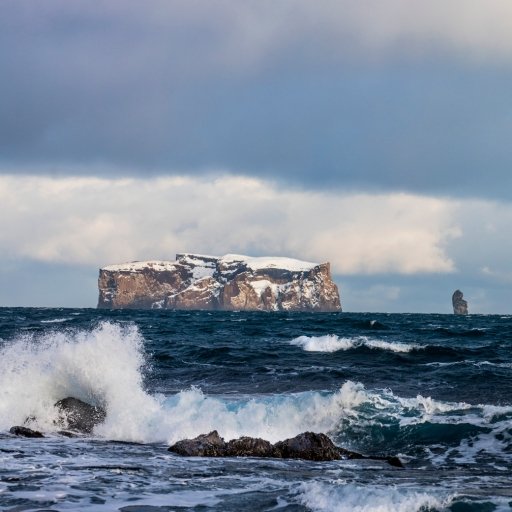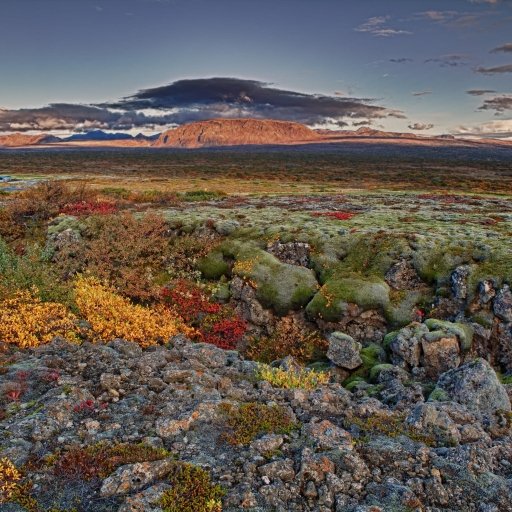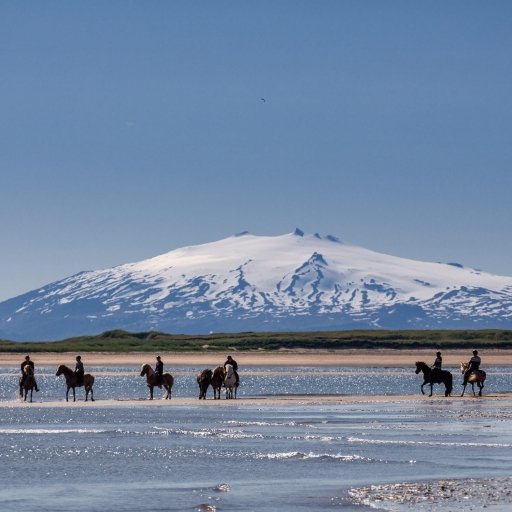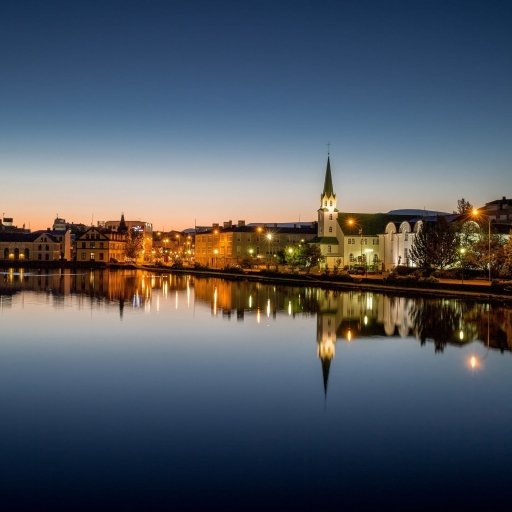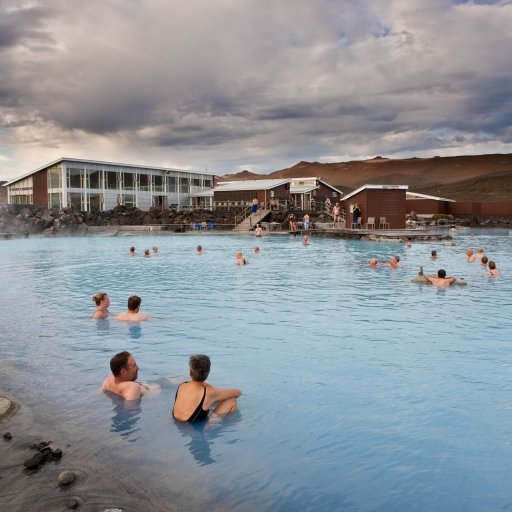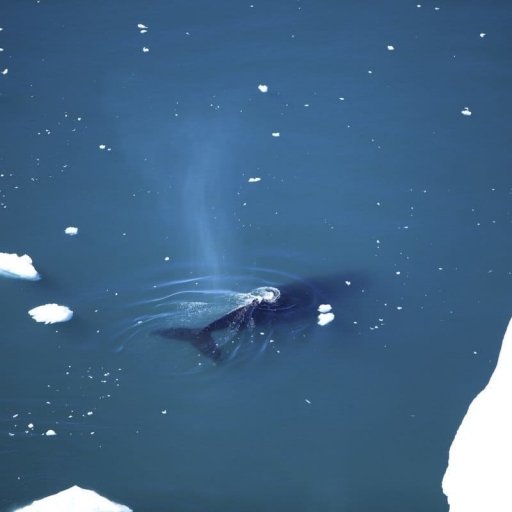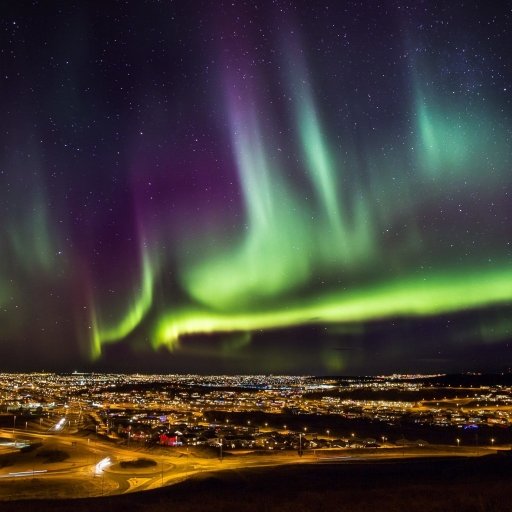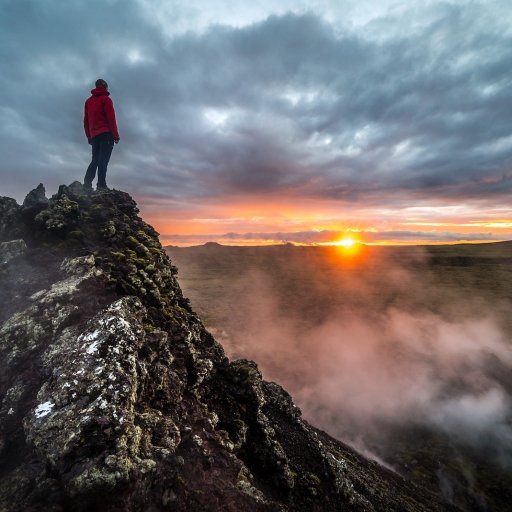Surtsey
The volcanic island of Surtsey rose from the sea 33 km south of Iceland on November 14, 1963. It is now a nature reserve.
It is named after the giant Surt, who according to Norse mythology sets the world on fire with his flame sword when Ragnarok occurs.
On November 14, 1963, a crew aboard a trawler sailing near Iceland spotted a column of smoke rising from the sea surface. A new island was being born. The new island was later named Surtsey.
What they found was an island in the process of being born. Explosive volcanic eruptions originating from below the sea surface, belching black columns of ash.
The eruption continued for several years, and in 1965 ash had blocked sea water from the crater area. Lava flows became prominent, forming a hard cap of solid rocks over the lower slopes of the new island. This prevented the waves from washing away the island. The eruption ultimately lasted three-and-a-half years, ending in June 1967.
Surtsey today
Today, wind and wave erosion that eats away at Surtsey steadily. The first spring after the eruption seeds and other plant parts were found washed up on the newly formed shore.
In 1965, it was declared a nature reserve for the study of ecological succession, that is, how plants, insects, birds, seals, and other forms of life have since established themselves on the island over time.
Surtsey became a member of Unesco World Heritage List in 2008.
Getting there
Find routes to this destination.
Coordinates
- Lattitude: 63.302289
- Longitude: -20.601073
